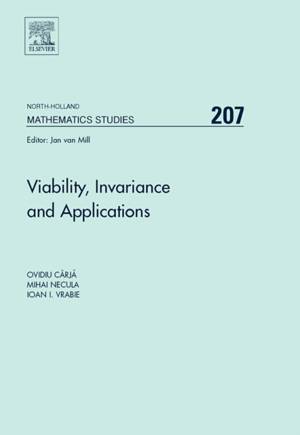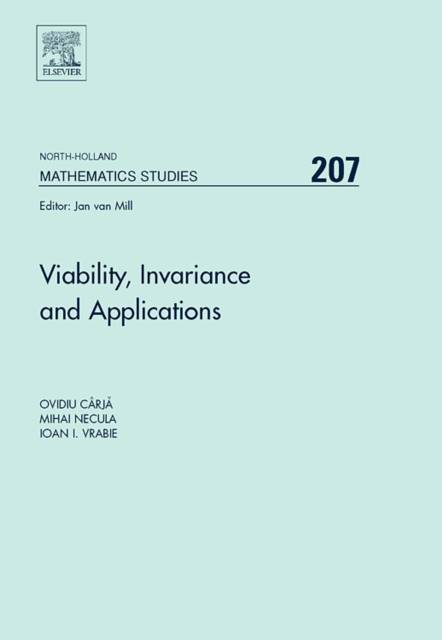
- Afhalen na 1 uur in een winkel met voorraad
- Gratis thuislevering in België vanaf € 30
- Ruim aanbod met 7 miljoen producten
- Afhalen na 1 uur in een winkel met voorraad
- Gratis thuislevering in België vanaf € 30
- Ruim aanbod met 7 miljoen producten
Zoeken
€ 237,45
+ 474 punten
Omschrijving
The book is an almost self-contained presentation of the most important concepts and results in viability and invariance. The viability of a set K with respect to a given function (or multi-function) F, defined on it, describes the property that, for each initial data in K, the differential equation (or inclusion) driven by that function or multi-function) to have at least one solution. The invariance of a set K with respect to a function (or multi-function) F, defined on a larger set D, is that property which says that each solution of the differential equation (or inclusion) driven by F and issuing in K remains in K, at least for a short time.The book includes the most important necessary and sufficient conditions for viability starting with Nagumo's Viability Theorem for ordinary differential equations with continuous right-hand sides and continuing with the corresponding extensions either to differential inclusions or to semilinear or even fully nonlinear evolution equations, systems and inclusions. In the latter (i.e. multi-valued) cases, the results (based on two completely new tangency concepts), all due to the authors, are original and extend significantly, in several directions, their well-known classical counterparts.
Specificaties
Betrokkenen
- Auteur(s):
- Uitgeverij:
Inhoud
- Aantal bladzijden:
- 356
- Taal:
- Engels
- Reeks:
- Reeksnummer:
- nr. 207
Eigenschappen
- Productcode (EAN):
- 9780444527615
- Verschijningsdatum:
- 18/07/2007
- Uitvoering:
- Hardcover
- Formaat:
- Genaaid
- Afmetingen:
- 171 mm x 242 mm
- Gewicht:
- 780 g

Alleen bij Standaard Boekhandel
+ 474 punten op je klantenkaart van Standaard Boekhandel
Beoordelingen
We publiceren alleen reviews die voldoen aan de voorwaarden voor reviews. Bekijk onze voorwaarden voor reviews.











